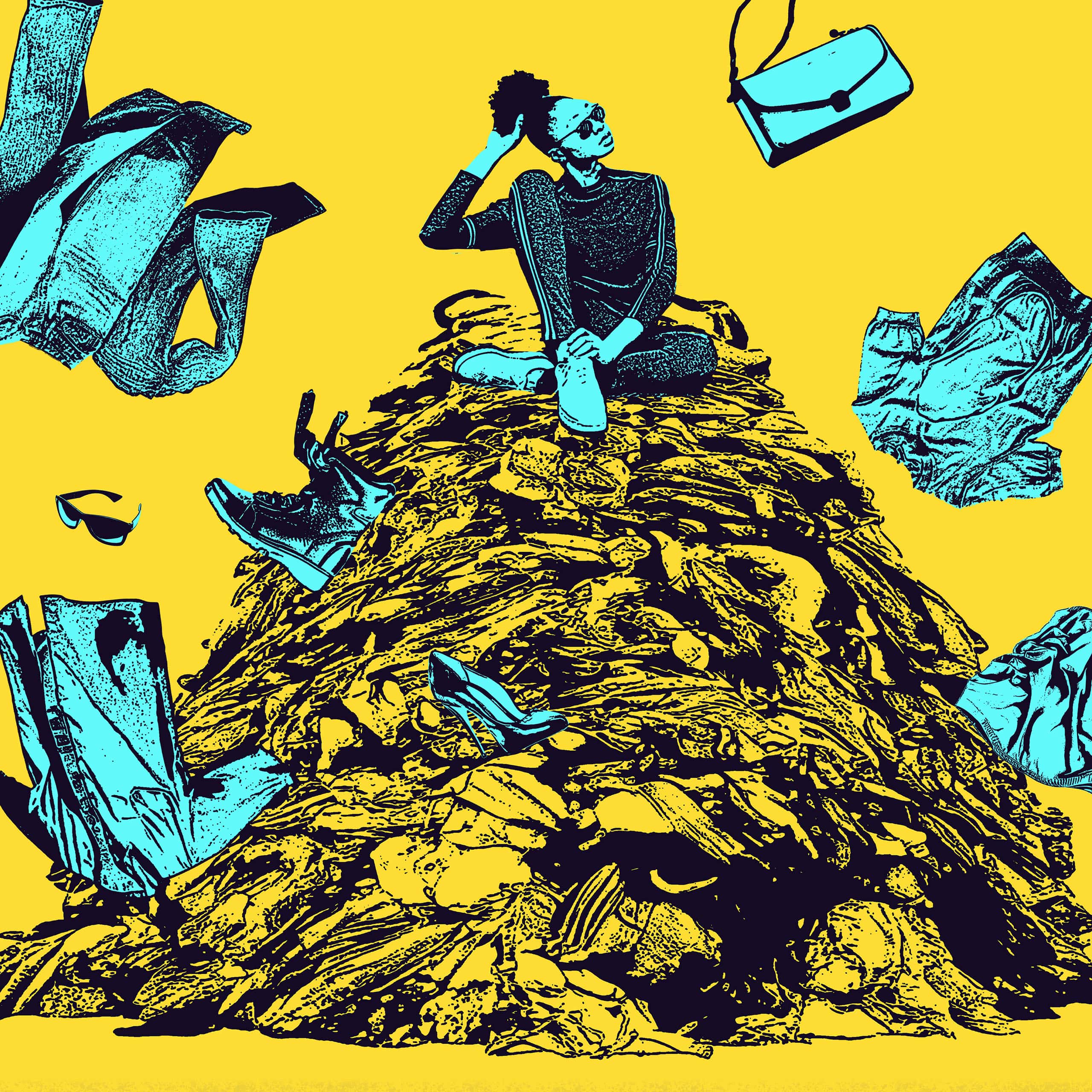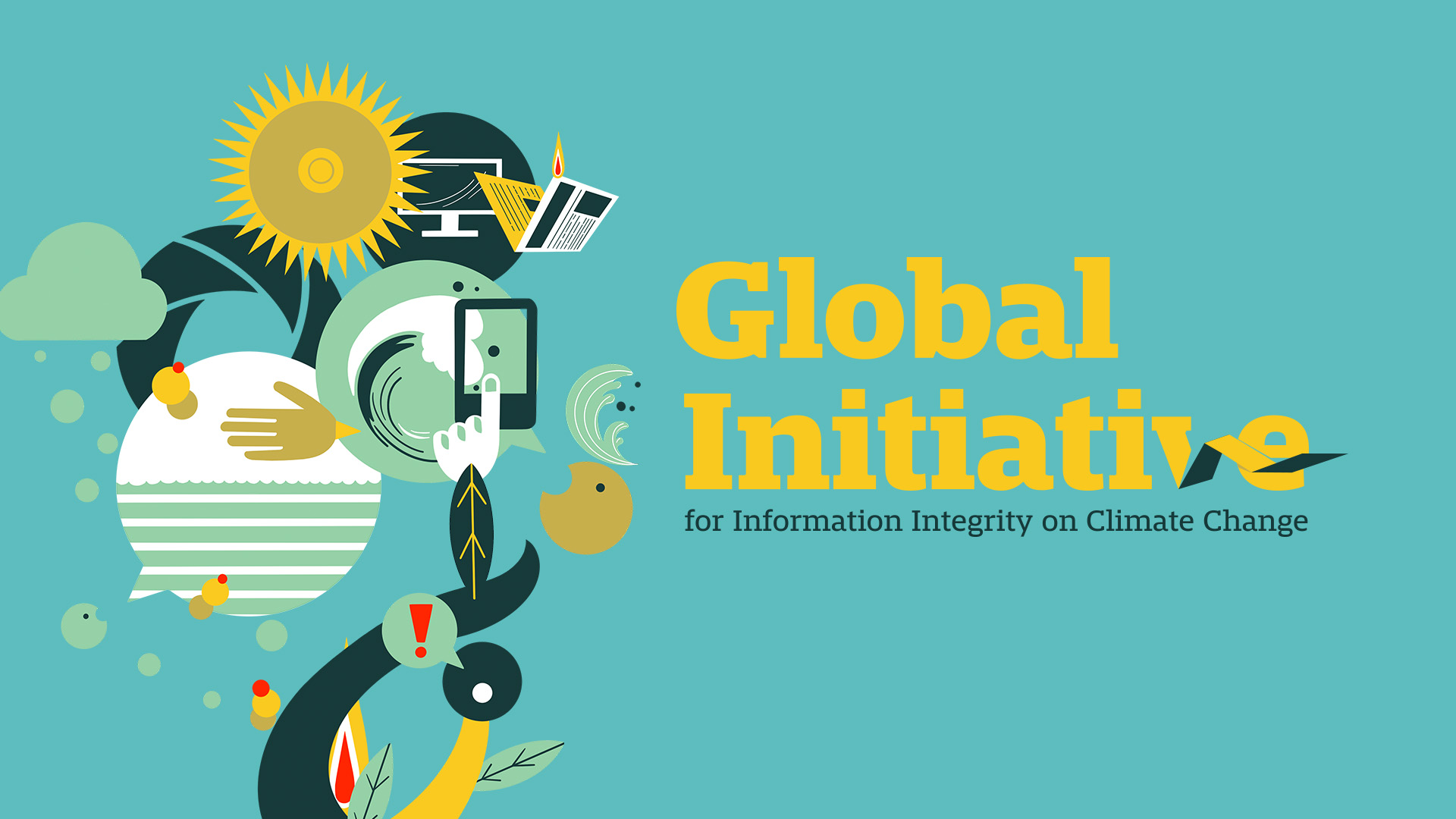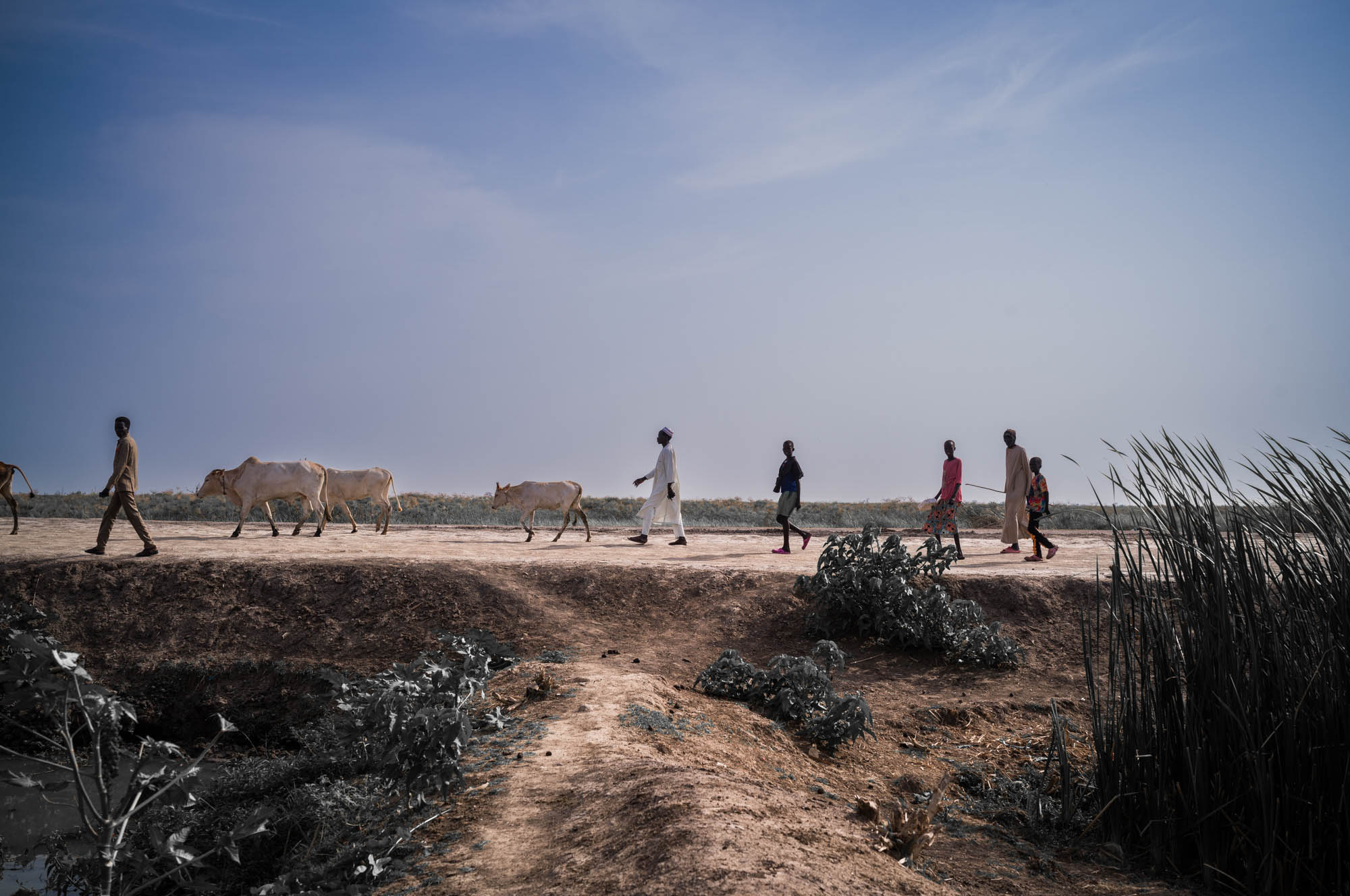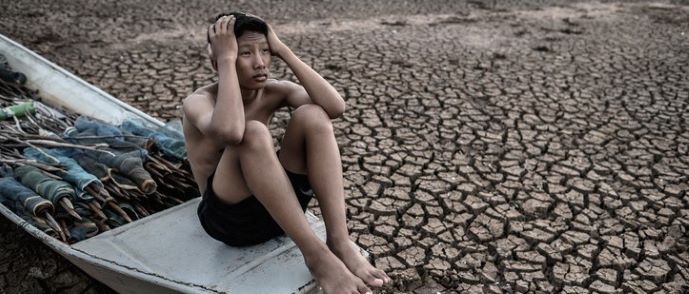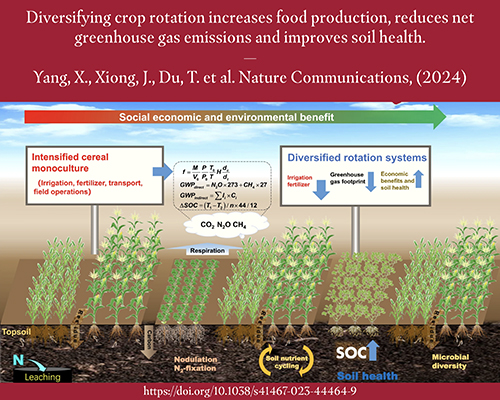The Role of Consumer Finance in Advancing Sustainable Development Goals within the Fashion Sector
Consumer Financial Decisions as a Catalyst for Sustainable Development
An analysis of consumer financial behavior indicates that individual choices regarding expenditure, banking, and investments are significant drivers for environmental sustainability. These decisions directly influence corporate practices and the allocation of capital, aligning with several key Sustainable Development Goals (SDGs).
- Conscious Consumption: Consumer purchasing decisions represent a direct form of financial support for corporate entities. By patronizing brands that demonstrate transparent and sustainable supply chains, consumers actively contribute to SDG 12 (Responsible Consumption and Production).
- Ethical Banking and Investment: The selection of financial institutions is a critical leverage point. Choosing to bank with and invest in funds that prioritize green projects and divest from fossil fuels supports SDG 13 (Climate Action) and fosters investment in sustainable infrastructure as outlined in SDG 9 (Industry, Innovation, and Infrastructure).
- Shareholder Advocacy: Investment decisions made through pension funds and other managed portfolios exert collective pressure on corporations to adopt more sustainable long-term strategies, reinforcing the principles of SDG 17 (Partnerships for the Goals).
Integrating Climate Finance and SDGs in Fashion Supply Chains
The concept of climate finance within the fashion industry involves channeling investment towards activities that mitigate climate change and support sustainable development. This strategic allocation of capital is essential for transforming industry-wide practices.
- Fostering Responsible Production Models: Directing financial resources towards fashion companies that adopt circular economy principles and cleaner production technologies is fundamental to achieving the targets of SDG 12.
- Accelerating Climate Action: By making access to capital conditional on environmental performance metrics, the financial sector can incentivize the fashion industry to reduce its carbon footprint, directly addressing the urgency of SDG 13.
- Ensuring Decent Work and Economic Growth: Sustainable finance frameworks can be designed to include social criteria, ensuring that investments in supply chains also promote fair wages, safe working conditions, and equitable economic opportunities, in line with SDG 8 (Decent Work and Economic Growth).
Which SDGs are addressed or connected to the issues highlighted in the article?
-
SDG 12: Responsible Consumption and Production
The article directly addresses this goal by highlighting the power of consumer choices. It states, “Some of the most impactful choices consumers can make for the environment are those around money — where they shop…”. This connects directly to promoting sustainable consumption patterns. Furthermore, the mention of “fashion’s supply chains” points to the production side of this goal.
-
SDG 13: Climate Action
This goal is explicitly mentioned through the term “climate finance”. The article introduces a series that “breaks down everything you need to know about climate finance as it relates to fashion’s supply chains,” directly linking financial decisions within the fashion industry to climate outcomes.
-
SDG 17: Partnerships for the Goals
The article implies the need for partnerships by discussing the interconnectedness of consumer choices, banking, and investment decisions. The phrase “…where they bank and the investment decisions made on their behalf” suggests a relationship between consumers, financial institutions, and corporations, all of whom must work together to channel finance towards environmentally friendly practices.
What specific targets under those SDGs can be identified based on the article’s content?
-
SDG 12: Responsible Consumption and Production
- Target 12.6: Encourage companies, especially large and transnational companies, to adopt sustainable practices and to integrate sustainability information into their reporting cycle. The article’s focus on “fashion’s supply chains” and “investment decisions” implies a need for corporate transparency and sustainable practices to attract responsible investment and consumer spending.
- Target 12.8: By 2030, ensure that people everywhere have the relevant information and awareness for sustainable development and lifestyles in harmony with nature. The article itself, as part of a series to “break down everything you need to know,” is a direct effort to increase consumer awareness and provide information on making sustainable financial choices.
-
SDG 13: Climate Action
- Target 13.3: Improve education, awareness-raising and human and institutional capacity on climate change mitigation, adaptation, impact reduction and early warning. The article’s stated purpose is to provide “insights” and break down complex topics like “climate finance” for a broader audience, which directly contributes to education and awareness-raising on climate issues.
-
SDG 17: Partnerships for the Goals
- Target 17.17: Encourage and promote effective public, public-private and civil society partnerships. The dynamic described—where consumers, banks, and companies interact through shopping, banking, and investment—is a form of civil society and private sector partnership aimed at achieving environmental goals.
Are there any indicators mentioned or implied in the article that can be used to measure progress towards the identified targets?
The article is high-level and does not mention specific quantitative indicators. However, it implies certain areas where measurement is possible:
- Implied Indicator for Target 12.6: The volume of “climate finance” or sustainable investments directed towards the fashion industry. The article’s focus on “investment decisions” suggests that tracking the flow of money to sustainable fashion companies is a key metric. This relates to the official indicator 12.6.1 (Number of companies publishing sustainability reports), as such reports are necessary for informed investment.
- Implied Indicator for Target 12.8 & 13.3: The reach and impact of awareness campaigns. The existence of the “The Hidden Cost” series itself is an activity that can be measured, for instance, by the number of readers or the level of engagement, indicating progress in consumer education on sustainable development and climate change.
- Implied Indicator for Target 17.17: The number and scale of collaborations between financial institutions and fashion companies on sustainability initiatives. The article’s mention of banking and investment decisions implies that progress could be measured by the number of banks offering green investment products or partnering with sustainable brands.
SDGs, Targets and Indicators Table
| SDGs | Targets | Indicators (Implied from Article) |
|---|---|---|
| SDG 12: Responsible Consumption and Production | 12.6: Encourage companies to adopt sustainable practices and reporting.
12.8: Ensure people have relevant information for sustainable lifestyles. |
Volume of sustainable investment in fashion supply chains.
Reach and engagement of consumer-facing educational materials (like the article series). |
| SDG 13: Climate Action | 13.3: Improve education and awareness-raising on climate change. | Number and impact of communication activities explaining climate finance to consumers. |
| SDG 17: Partnerships for the Goals | 17.17: Encourage and promote effective public-private and civil society partnerships. | Number of partnerships between consumers, financial institutions, and fashion companies focused on sustainability. |
Source: voguebusiness.com
